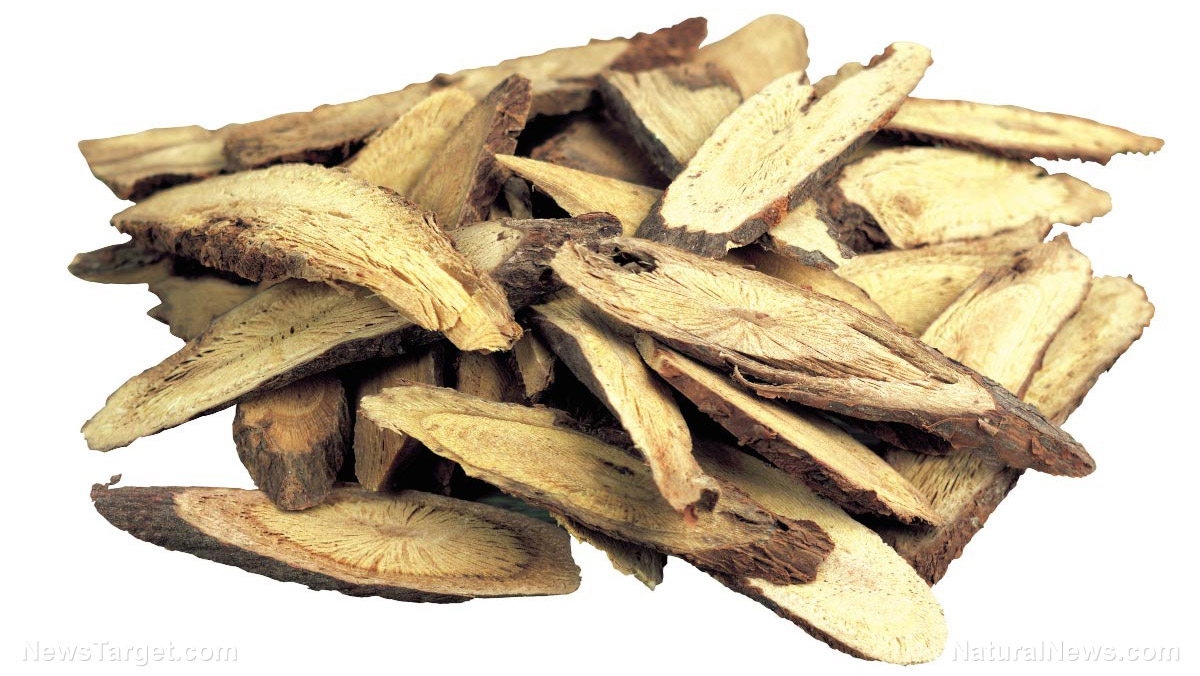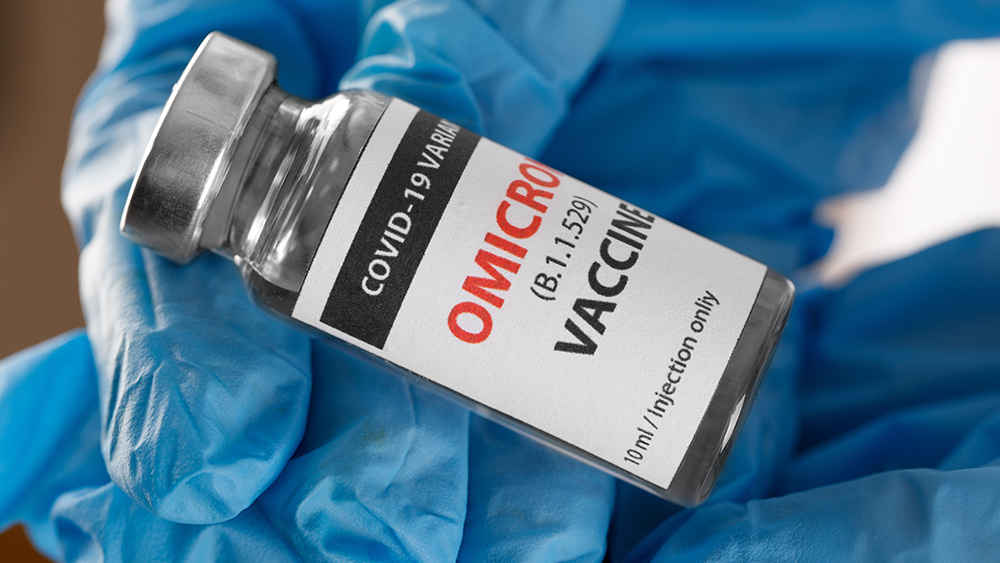
The flavor that most people associate with licorice – and the one that they either love or hate – isn't even from licorice itself. Most types of licorice candy use anise oil as their primary flavor, with licorice root used as a sweetener. This isn't far from how the root was first used. It's been used to sweeten flour, as flavoring, and as coloring for a long time since it was first brought to the U.K. from the Middle East. In the Middle Ages, dark salty licorice was all the rage in Europe – especially northern countries such as Holland and Sweden.
More than being food, however, licorice is better known in ancient times as a medicinal herb. In China, two species of licorice, G. uralensis and G. inflata, are classified as drug plants in the Chinese Pharmacopeia. Most forms of Chinese medicine widely used licorice to enhance the potency of other ingredients, reduce toxicity, and improve the medicine's flavor. It's reported that almost half of all prescriptions in traditional Chinese medicine used licorice.
Earlier studies have also identified certain health benefits from the licorice root. These include the ability to prevent fungal infections and tooth decay, as well as protect the brain from damage. The latter, in particular, is what caught the eye of the South Korean team. In the study, they looked at whether licorice root has neuroprotective properties following an ischemia.
Cerebral ischemia, also referred to as brain ischemia, happens when the brain doesn't get enough oxygen in the blood. This greatly impairs the brain's function and can even lead to conditions such as brain tissue death, cerebral infarction, or ischemic stroke. Stroke is the fifth leading cause of death in the U.S., with 87 percent of all strokes classified as an ischemic stroke.
To mimic brain ischemia, researchers used a procedure known as middle cerebral artery occlusion, where the artery was bound to reduce blood flow in the brain. Biomarkers related to cell death, as well as tissue damage caused by loss of blood flow, were studied afterward. The team found that mice that have been treated with a methanol extract of licorice prior to the procedure had significantly lower biomarkers for tissue damage. In addition, the team also found that licorice affected certain proteins associated with cell death, which they identified as a potential reason for the plant's neuroprotective properties.
"The [neuroprotective] effect of licorice was due to its regulation of apoptosis-related proteins," the team wrote in their study. "These data suggest that licorice could be a potential candidate for the treatment of ischemia-induced brain damage." (Related: Food for thought: compound in licorice may protect brain cells from Alzheimer's and other diseases.)
Natural ways to prevent stroke
While the South Korean study revealed that licorice is great for those who already have brain ischemia, it's even better to prevent the risk of having it, which is the common precursor to most kinds of stroke altogether. Indeed, certain risk factors for stroke are uncontrollable, such as age, gender, and a personal or family history of the condition, but for the most part, a lot of stroke cases stem from risk factors that can be controlled, including:
- The use of alcohol or drugs
- Smoking
- A poor diet
- Lack of exercise or physical inactivity
- Stress and depression
These conditions don't just increase your likelihood of having a stroke, but also other chronic conditions such as diabetes and cardiovascular disease. Here are some things that you can do to curb your risk of brain ischemia, and ischemic stroke, as early as now.
- Go for a heart-healthy diet. Adding more fruits and vegetables, especially pomegranate seeds, and drinking either black or green tea regularly can significantly reduce the likelihood of having (or repeating) a stroke and helps lower stress levels.
- Get moving. Studies have shown that tai chi, a Chinese exercise which uses slow and graceful movements, is great for preventing, and recovering from, a stroke. The exercise improves body balance, as well as reduces stress and depression -- making it especially effective for older adults.
- Manage your weight. A healthy body weight can effectively manage not only stroke but also other equally debilitating diseases. According to the National Heart, Lung, and Blood Institute (NHLBI), women with a waist size over 35 inches and men with a waist size over 40 inches have a higher risk for Type 2 diabetes and cardiovascular diseases including ischemic strokes.
- Chill out once in a while. The American Heart Association (AHA) has indicated that high levels of stress can greatly increase the risk of having a stroke. Learning relaxation techniques and going to a massage are some ways to reduce tension in the mind and body and improve blood flow.
Find more about the other health benefits of licorice at Herbs.news.
Sources include:
Please contact us for more information.























